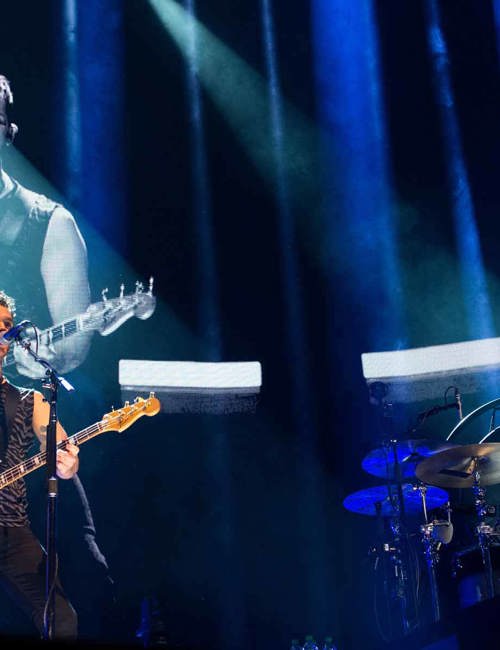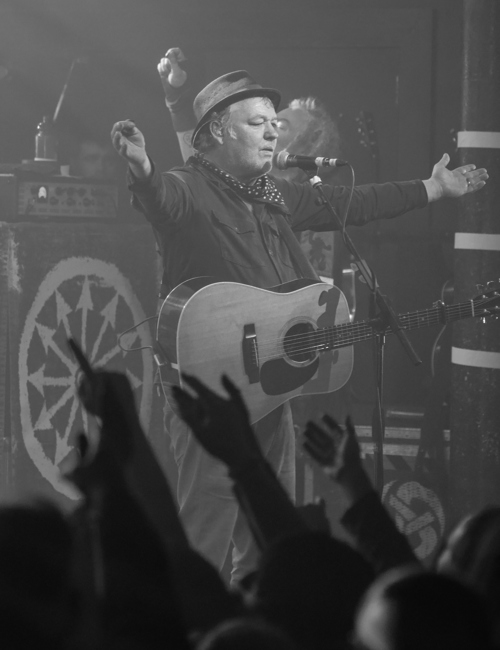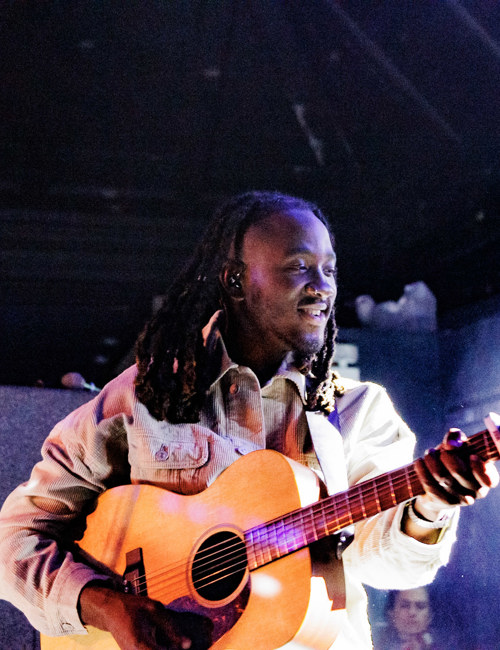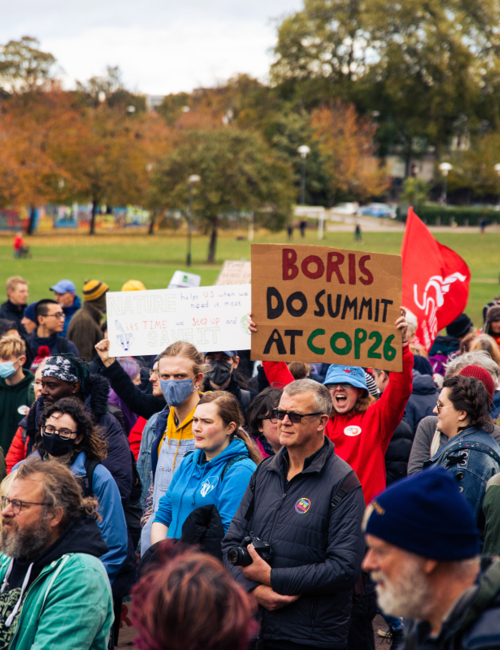When it comes to versatile photographers, Charlie Valentine certainly stands out in Notts, having made her name with grimy, analogue street photography, printmaking, and photography workshops. Currently, her series Nottingham: Urban Decline is featured at the ongoing Open exhibition at the New Art Exchange - she tells us all about this series, plus life as a photographer.
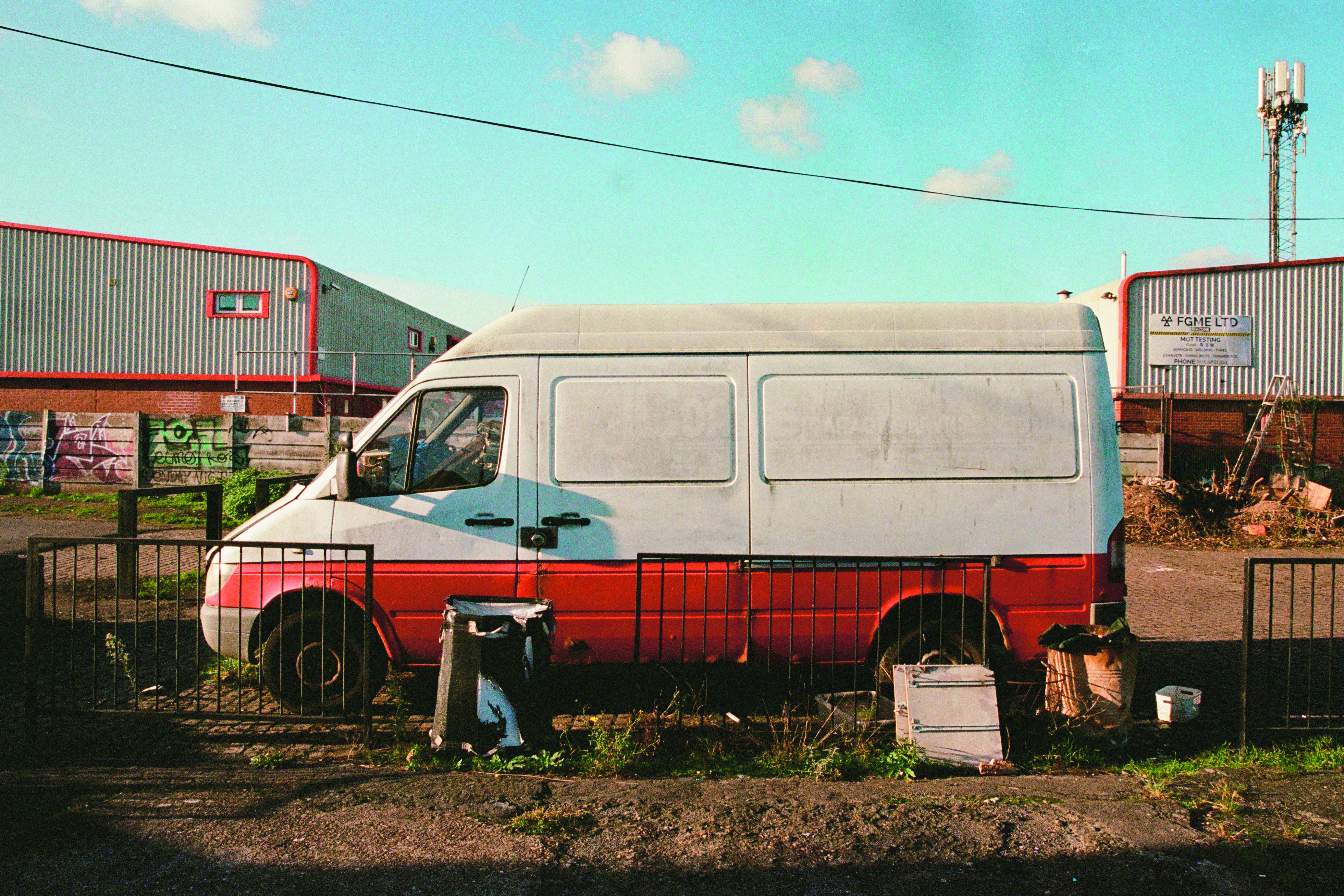
Tell us a bit about your background, and how you became a professional photographer.
My passion for photography began in college, where I developed a strong interest in analogue street photography. I went on to do a Fine Art Foundation at university before deciding to pursue photography for my degree. I studied Commercial Photography at the University of Derby, winning a FORMAT Student Photography Award in my final year. During that year I got a job in Birmingham as an in-house fashion photographer. Since then I worked for a product photography company in Derby, before diverting to the education sector where I am now a photography technician in a college.
Where did your interest in analogue street photography come from?
I was lucky enough to have access to a traditional darkroom at school and I fell in love with the process instantly. It feels so pure and personal. I fell in love with the works of Aaron Siskind and Saul Leiter, also people like Minor White and Vivian Maier. I shot mainly black and white for a while, but the first time I shot colour film it was game over for me. I have never looked back.
What do people need to know about your series Nottingham: Urban Decline, which is featured at NAE Open?
The series is highly reflective of my personal photographic journey and how I see the place that I call home. The series intends to highlight the issues of underfunding facing the inner-city suburbs of Nottingham. Documenting the decline of the local areas and the community and commerce there. Presented in an intentionally romanticised way, using vivid colours and golden light to mask bleak scenes, the work aims to subtly highlight the issues facing Britain’s economic state and the decline in the country’s standards of living.
How did it feel to get your work featured at the exhibition?
I was over the moon to be featured in the NAE Open Exhibition. Being featured amongst such a wide range of artists, discussing such strong themes and with such cultural diversity, it felt an honour for my work to be recognised alongside these works as an equally relevant narrative. To have my photographs of home featured in the city they are showcasing, feels like a great achievement.
To me the beauty of the process is the physicality and the unknown. Taking an image from shot, to film, to print by hand is such a pure and exciting process
What interests you about derelict urban space in Nottingham?
I have been drawn to photographing the grime and grunge of urban life since my photography journey first began. To the dismay of my mother, no matter how idyllic the scene I’ll always be photographing a crusty wall or bin or something crazy! This stems from my love of the abstract: I’m a sucker for simple lines, shape and texture. I’ve been photographing Nottingham for ten years now and being able to document the city I live in changing, growing and declining over the years is of great interest to me.
What methods do you use to get a really good street photo?
I think it’s hard to really explain the method and process, as it’s something that’s taken me years to understand myself. I just work hard to make a point of noticing - paying attention to the mundane. I’m also constantly hunting for light, high contrast, interesting colour and bold texture. For me, street photography is less about people and more about environment. I want to reframe the monotonous nature of everyday city life. I feel so lucky to be able to appreciate the banality of the everyday; the world around me never gets boring.
You work as a darkroom technician - how do you see the value of roles like that when for many people photography is something quick and easy?
I think learning the history and fundamentals of a craft is integral to mastering it. You have to understand the equipment and the science to create with it. To me the beauty of the process is the physicality and the unknown. Taking an image from shot, to film, to print by hand is such a pure and exciting process. It’s more personal. It helped me slow down and focus, to really consider a shot before taking it. This seems important in today’s digital age, where we are constantly bombarded with information and impersonal content - having a process that forces you to slow down and connect can help soften the weight of the modern world.
You’re also a printmaker - how much does that link to your photography?
My printmaking is directly linked to my photography! My printmaking process stems from my final project of my Fine Art Foundation and focusses on just the simple artistic elements and where we find them in everyday life. I use my photography as the basis of my prints, taking the compositions, lines, shapes, textures and colours from my images and simplifying them down over and over again, exploring and reimaging the basic elements of the image.
Who else in the world of photography do you really admire?
I’ve always been a huge fan of Aaron Siskind, Saul Leiter, Minor White and Vivian Maier. Their work was some of the first street and abstract photography I ever saw and has shaped my work heavily. I also adore the work of Todd Hido, Shin Noguchi, Johnny Joo and Tomás Cambas. Additionally, I’m a sucker for some great still life and fashion work. Irving Penn is one of my all-time favourites, alongside Karl Blossfeldt, Maciek Miloch and Rafael Pavarotti. My most recent new favourite is Sophie Hustwick!
Anything else you want to say?
To anybody considering taking up photography, please do it. I’ve never found anything more rewarding or exciting in my life. Whether you shoot on your phone, digital or analogue, get out there and go for it. Photography will help you find excitement in anything you see. Also have confidence in yourself. Shoot what YOU want, document what excites YOU, do not conform to what the trends or algorithm wants from you. Photography is a personal project between yourself, the world and your lens. Do it for yourself.
Charlie’s series Nottingham: Urban Decline is on display at NAE Open, New Art Exchange - an exhibition that lasts until 13 September.
We have a favour to ask
LeftLion is Nottingham’s meeting point for information about what’s going on in our city, from the established organisations to the grassroots. We want to keep what we do free to all to access, but increasingly we are relying on revenue from our readers to continue. Can you spare a few quid each month to support us?








